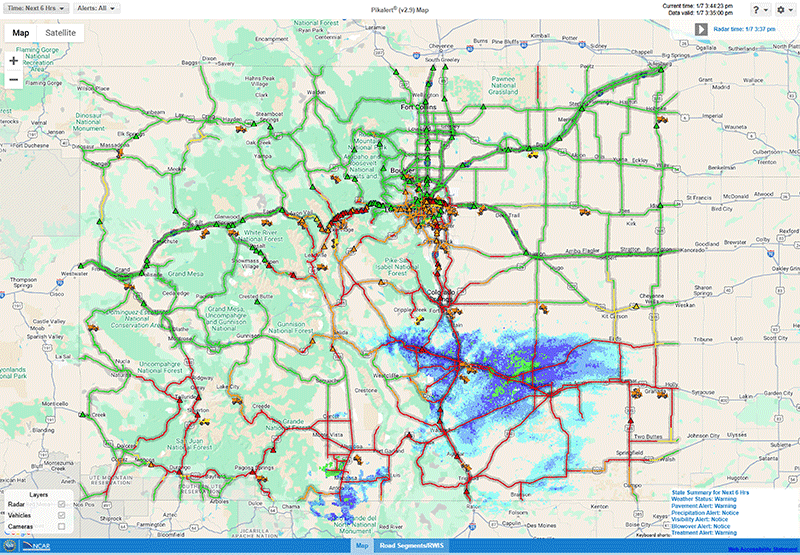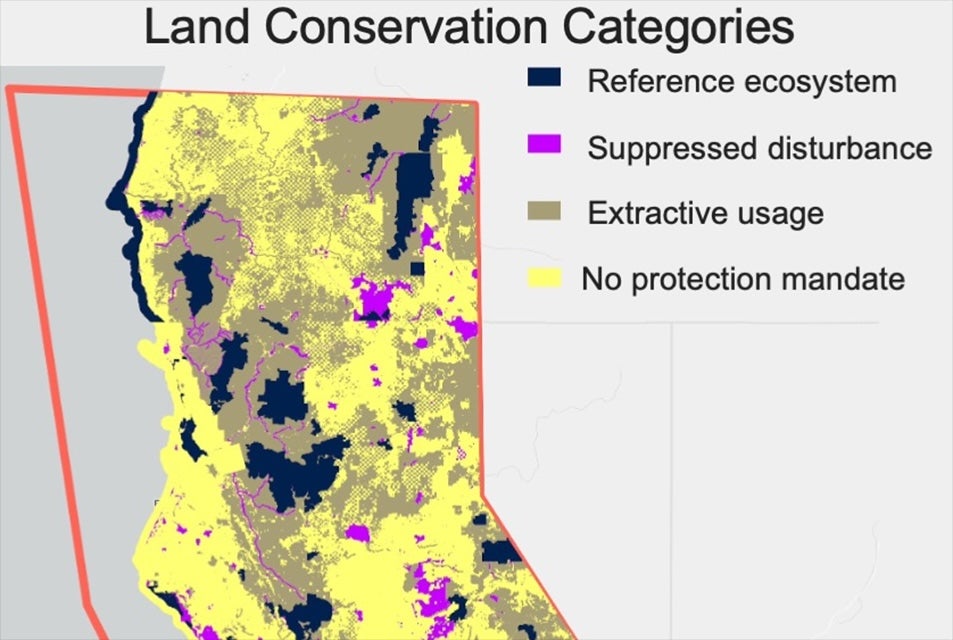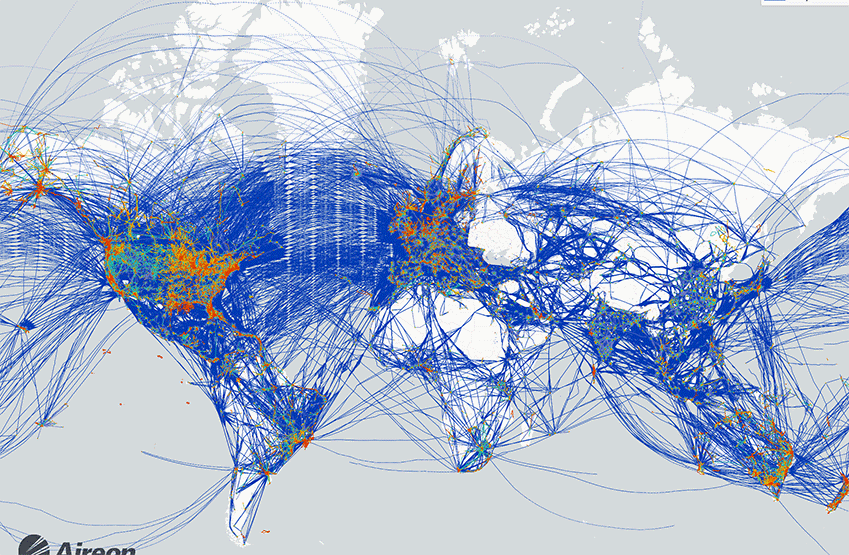WRF-Hydro V5.0 Used in AT&T Climate Resiliency Study

"The WRF-Hydro® (Version 5) was employed to simulate the entire hydrological cycle in watersheds across a region. The model used a range of inputs—from future climate variables (precipitation, temperature, humidity, wind, solar radiation) to topography and vegetation—to inform a physics-based model.With projected precipitation and other climate parameters as input across the region, WRF-Hydro® computes the extent of inland flooding that can be expected, as well as other characteristics such as depth of surface water accumulation, stream flow and flood duration."
"WRF-Hydro® (Version 5) simulated the water cycle to project the depth and extent of inland flooding for historical and mid-21st century timeframes. These mid-century results project increased surface water accumulations over 5% in inland and coastal regions in the southeastern U.S. under a business-as-usual emission scenario during warmer seasons (spring, summer, and fall). Extreme flood events are also projected to increase across the four priority states. For example, by mid-century, a 50-year flood event will produce flood waters up to 10 feet deep across inland and coastal areas of southeastern Georgia."








